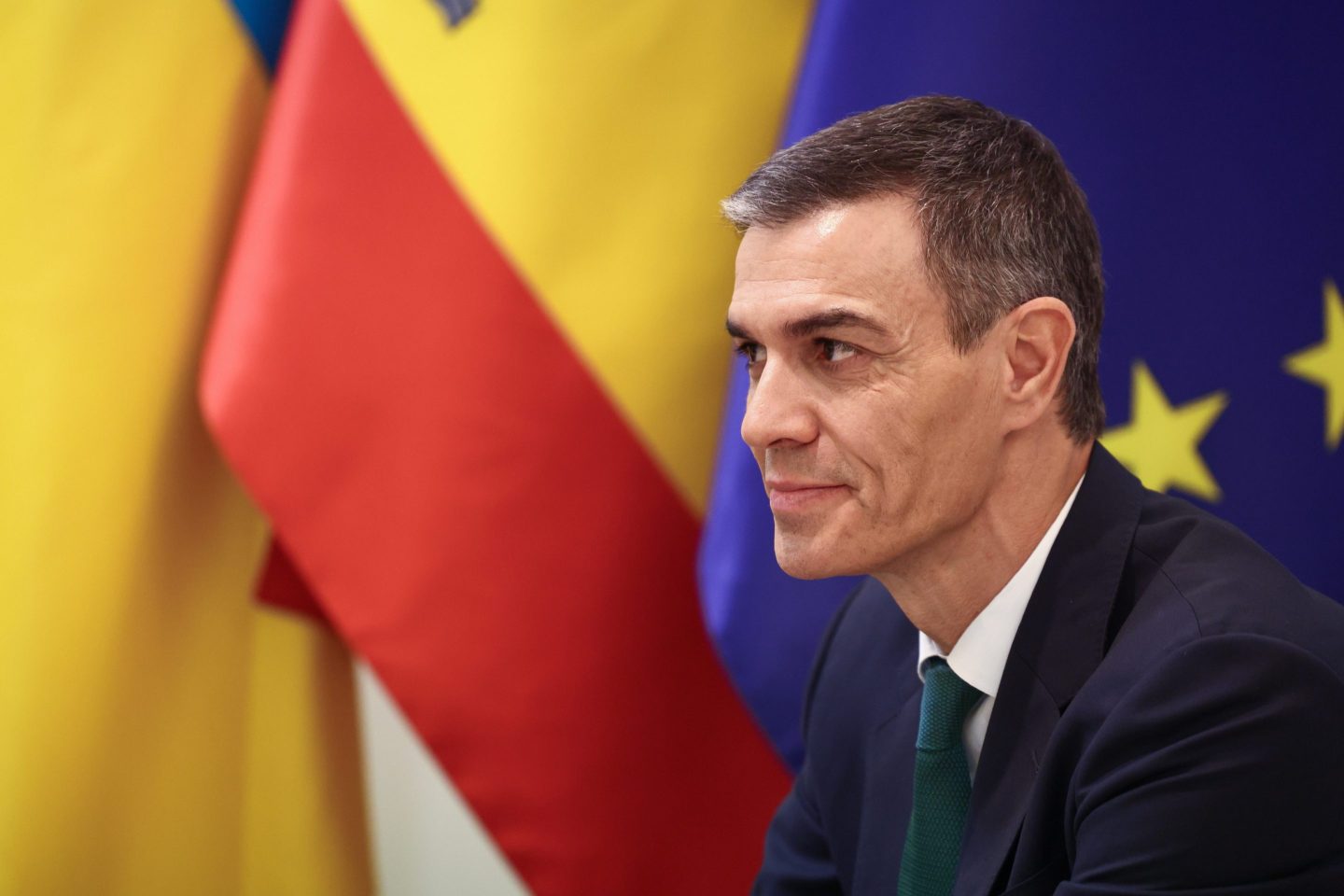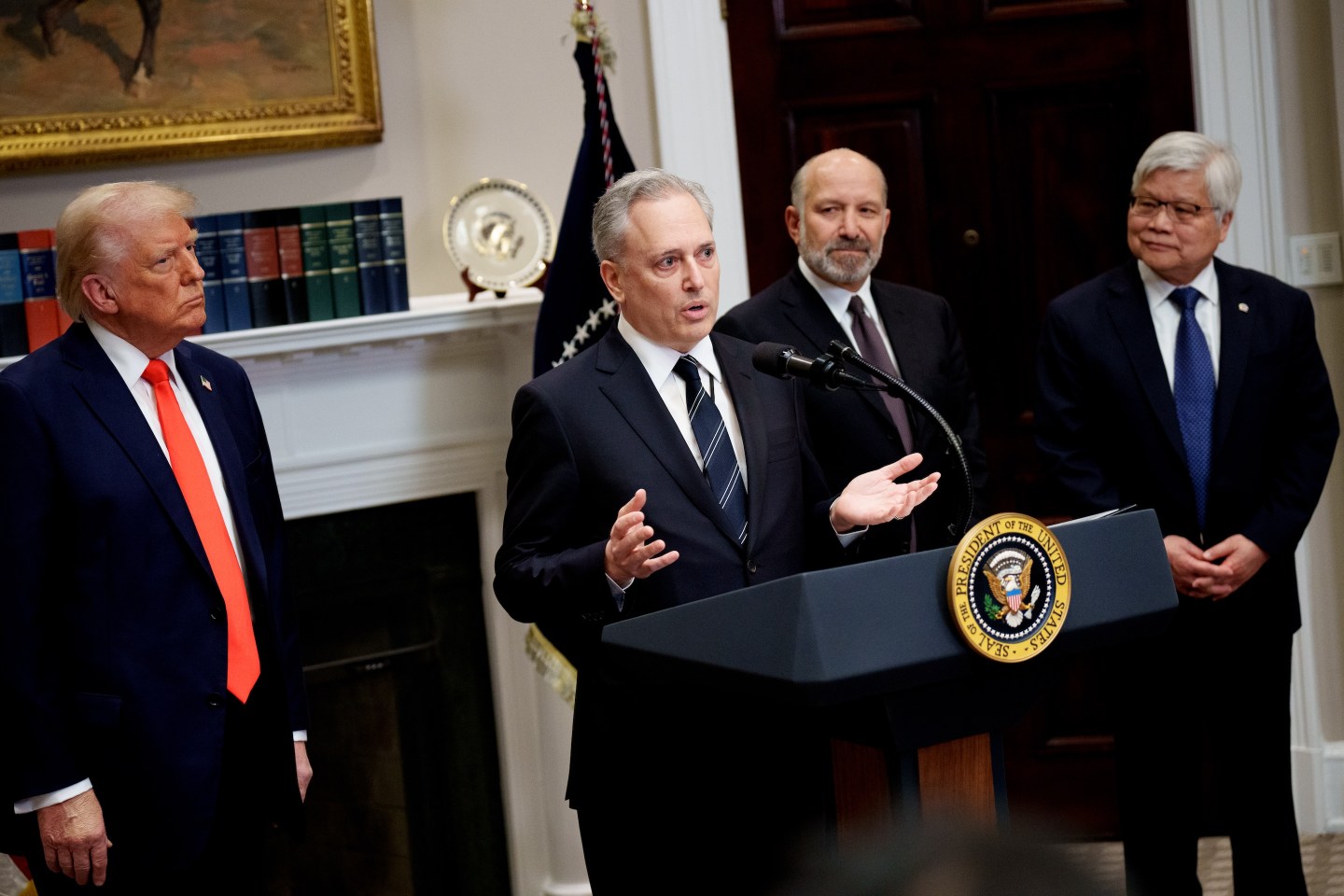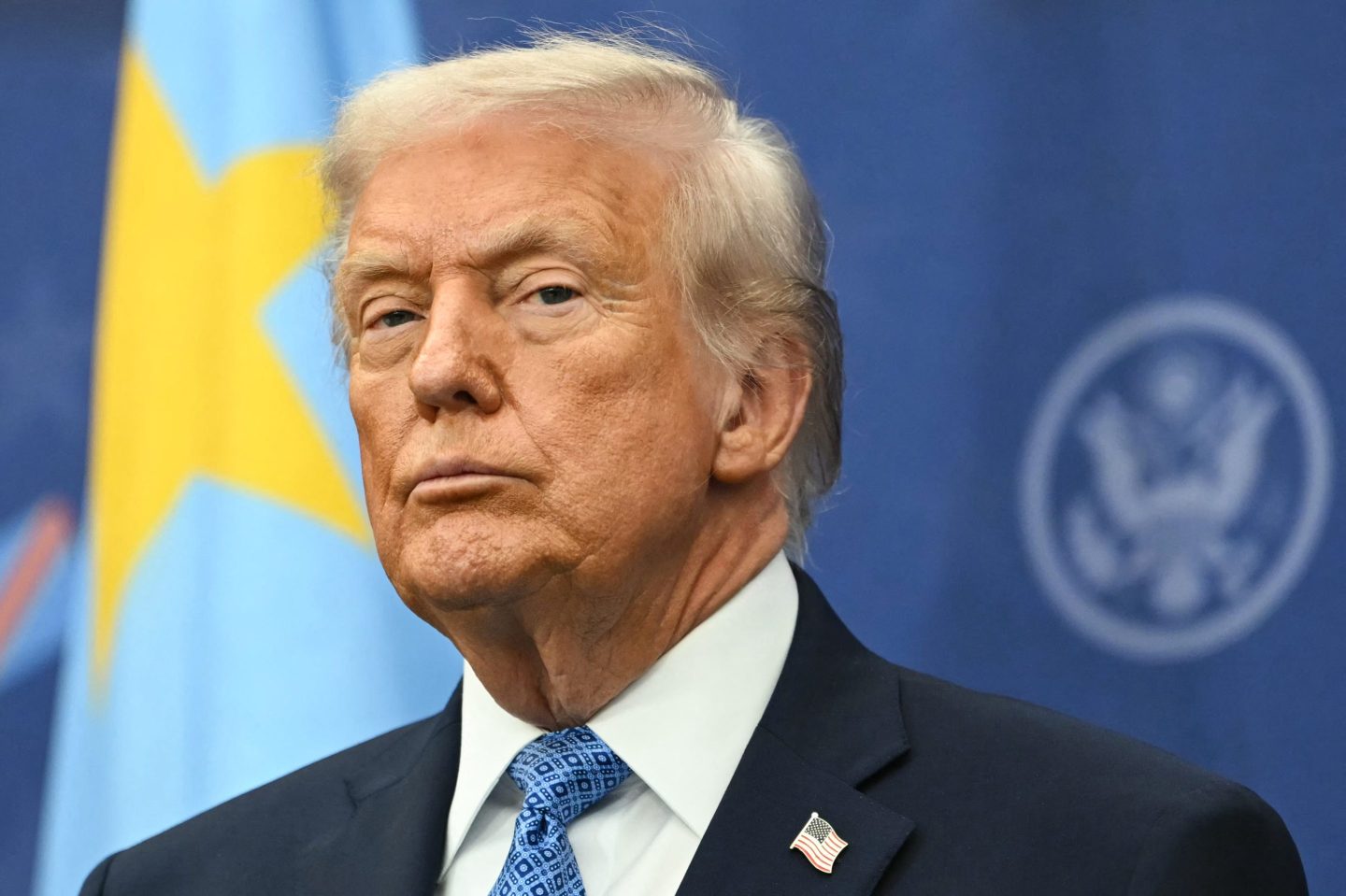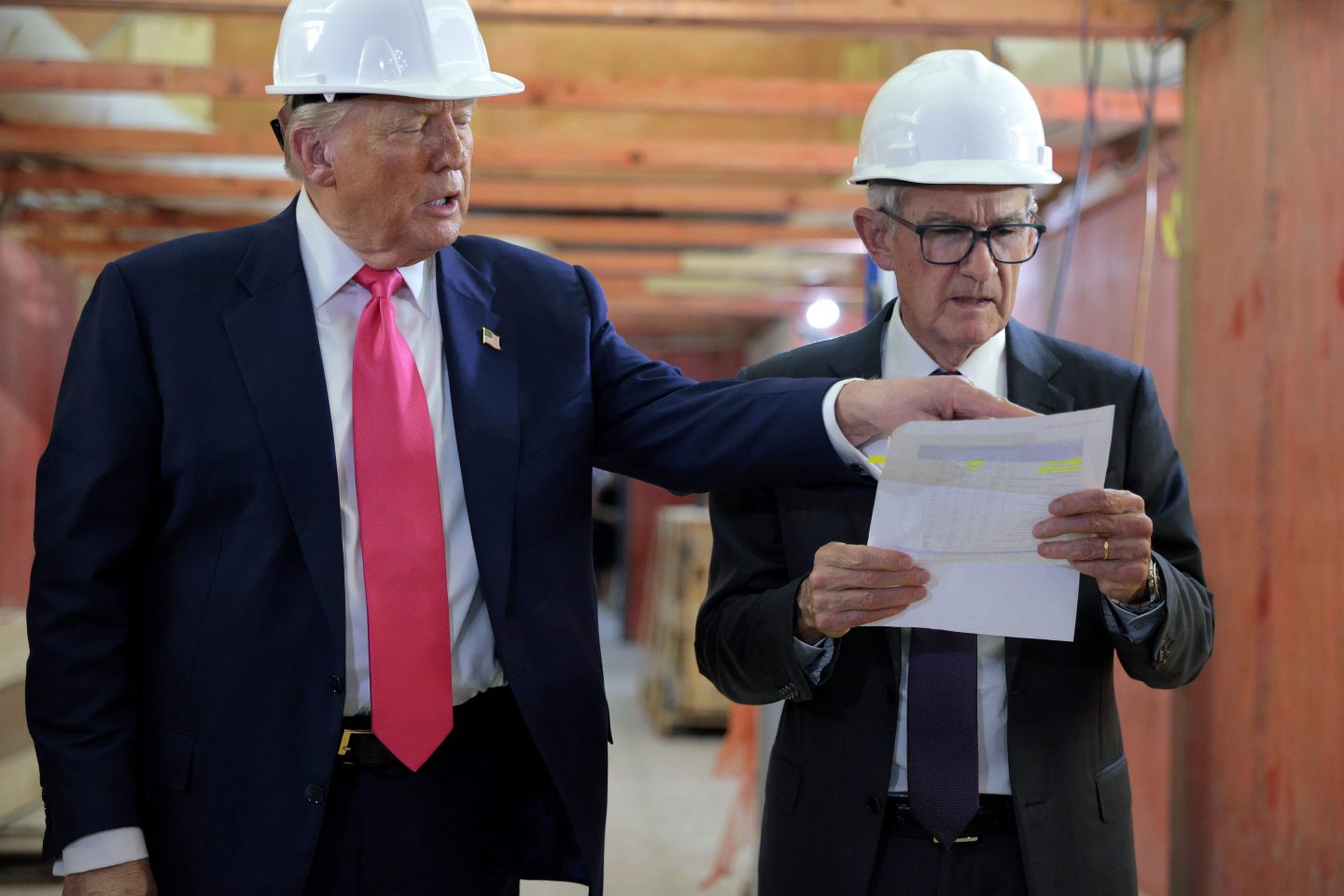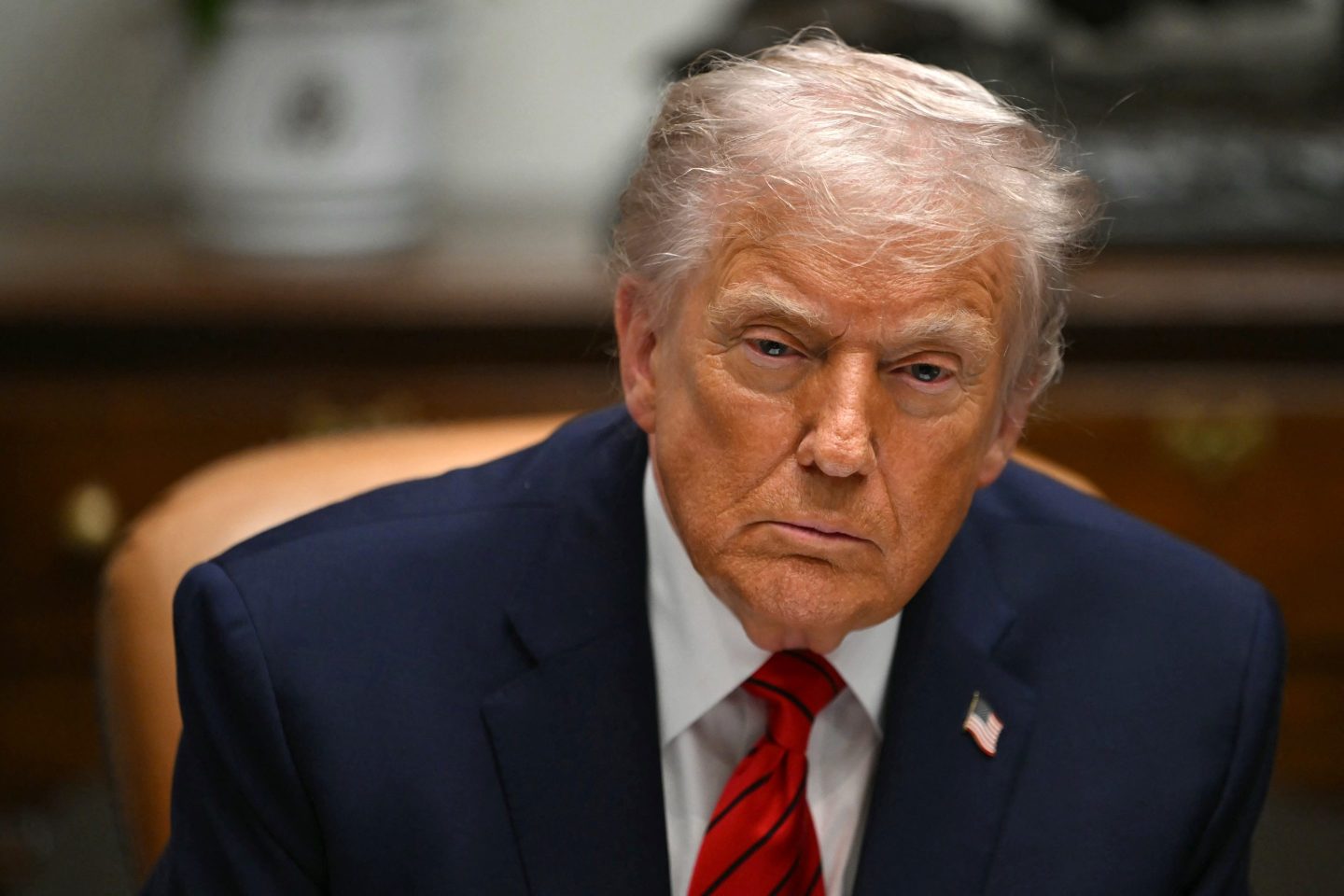For decades, elected officials on both sides of the aisle have held a powerful political weapon at their sides. Two magic words was all it took to explain why any piece of legislation should be stopped: national debt.
But in an unprecedented political landscape, and a health and economic crisis of a history-altering scale, those words are losing their meaning.
On Thursday, a bipartisan group of Senators announced that they had reached a tentative deal on an infrastructure bill with a total investment of $1.2 trillion, according to officials familiar with the deal, and no increase in taxes to help offset the cost. The plan, which still needs to be presented to the White House and the Senate Republican conference, marks a dovish transformation to a legislative body once dominated by deficit hawks.
In years past, Democrats and Republicans took turns arguing that the debt was on an unsustainable trajectory and frowning upon deficit spending depending on who was in power. Austerity measures, backed by millions of dollars in lobbying and numerous think tanks, were always there.
When former president Barack Obama was in power, House Speaker Paul Ryan became a full-fledged deficit warrior, using it as a way to oppose sending additional aid to states and unemployed adults at the height of the Great Recession. According to Paul, America was teetering on the brink of a debt crisis so significant it would lead to the downfall of society as we know it.
Then Donald Trump took office and Ryan backtracked, deficits between the 2018 and 2022 spending period increased by well over $1 trillion because of corporate tax cuts and a hefty increase in the omnibus spending bill, both of which he backed.
In a similar vein, Nancy Pelosi backed spending measures under Obama and then criticized Trump, “Republicans have exposed their true agenda in budget after budget: add trillions to the deficit, and then use those deficits to justify slashing the Medicare, Medicaid, and Social Security that seniors and families rely on,” she said in 2018 following a Treasury Department report that the U.S. budget deficit rose 17% to $779 billion that year, the highest level since 2012.
Peter G. Peterson, the late billionaire founder of Blackstone who worked under former President Richard Nixon as Secretary of Commerce, dedicated himself and much of his money to creating a foundation that pushed the issue of the national debt.
Each year the Peterson Foundation held a Fiscal Summit dedicated to addressing the nation’s long-term debt. There, politicians like Pelosi, former president Bill Clinton, and former Treasury Secretary Steve Mnuchin paid lip service to deficit hawks, saying that the growing U.S. debt and deficit would stop public investment in infrastructure, education, and R&D, that it would decrease wages and stymie economic growth.
The federal government has run at a budget deficit pretty much nonstop since 1931, and the threat of default, which hawks often cite, is nowhere near imminent. Low yields on government bonds show that most agree: the U.S. economy is strong enough to take on more debt.
Biden economists like Jared Bernstein, who serves on the Council of Economic Advisers, argue that low interest rates actually make now a good time to take on more debt and that the programs and infrastructure that those loans fuel will contribute to a surplus, or at least a stronger GDP.
The realities of the Covid-19 pandemic, coupled with Donald Trump’s reimagining of the Republican party (even President Trump’s own former chief of staff, Mick Mulvaney, declared pre-Covid that “nobody cares” about the deficit anymore) and the death of Peterson, have increasingly altered the landscape in which these politicos function. For the first time in a long time, it appears that both parties have eschewed using deficit spending or an increased national debt as an excuse to knock down opponents. In fact, they’re doing just the opposite.
In ongoing negotiations over President Joe Biden’s infrastructure plan, Republicans aren’t ringing the spending alarm, as they would have in subsequent years. In fact, they came up quickly and steeply from their $568 billion opening bid to $1.2 trillion and argued that they’d prefer to increase deficit spending insteadof offsetting the cost of the bill with an increase in corporate tax rates, as Biden has proposed.
Republicans and Democrats largely agreed on covid relief bills and stimulus checks and Biden has proposed a record-breaking $6 trillion budget that would call to raise spending to $8.2 trillion by 2031. Deficits would run above $1.3 trillion over the next decade.
This July will determine if the deficit hawks are indeed dead or if they were just quarantining like the rest of us. In 2019, Congress suspended the debt ceiling, the legislative limit on the amount of money that the federal government can borrow, through July 31, 2021.
That means they might have to deal with it ahead of their August recess this summer. Many analysts say that the U.S. will have a $450 billion cash cushion in late July and will be able to avoid talks until the fall but the Treasury is warning that the federal government could run out of borrowing room this summer.
The debate over the ceiling has become a key bargaining chip used by Republicans who use it to limit other spending instead of just passing through a clean increase.
The Democratic majority has already indicated that it has no intentions of limiting spending or negotiating over the ceiling. “We don’t negotiate on the debt ceiling,” said Senator Chris Murphy of Connecticut. But even Republicans aren’t sure that they’ll fight hard for spending reform this time around.
When asked if other Republicans would be unbending in their demand for spending reform during a debt ceiling debate staunch fiscal hawk Senator Rand Paul had a quick retort, “I doubt it.”
Our mission to make business better is fueled by readers like you. To enjoy unlimited access to our journalism, subscribe today.




